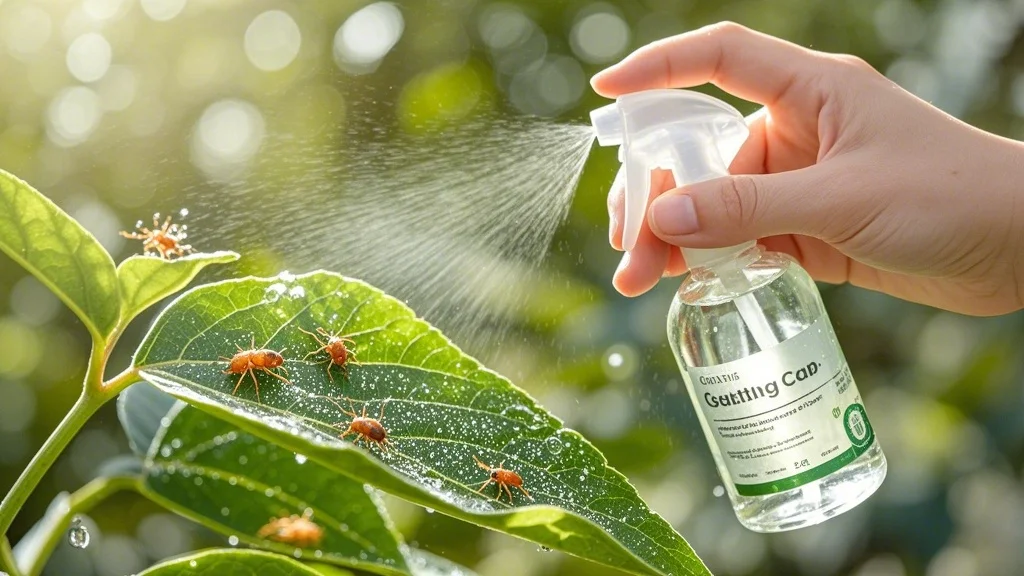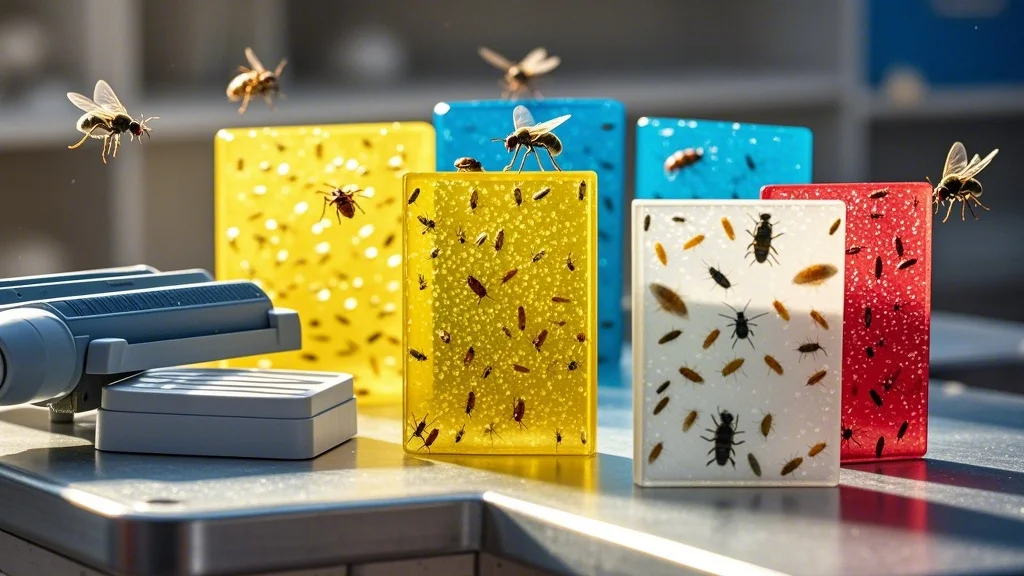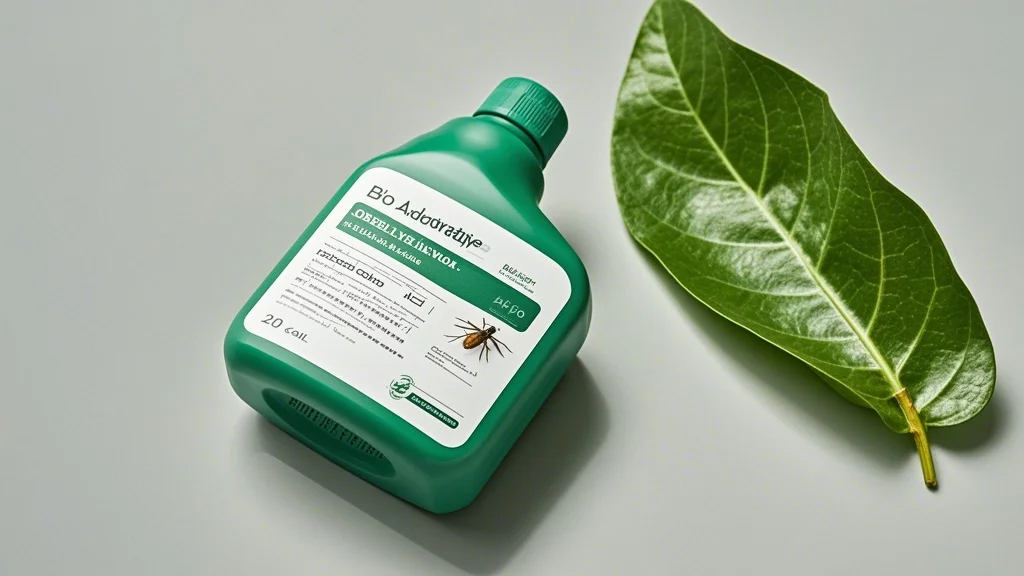As advanced plant owners and eco-conscious growers, we’re always looking for sustainable ways to care for our indoor gardens. One of the most effective and natural methods of pest control is the introduction of beneficial insects. These tiny allies can help keep harmful pest populations in check without the need for chemical pesticides. In this comprehensive guide, we’ll explore the world of beneficial insects for indoor plants, focusing on predatory mites and ladybugs, and learn how to effectively introduce them into your urban oasis.
Contents
Understanding Beneficial Insects
Beneficial insects are natural predators that feed on common plant pests. By introducing these helpful creatures to your indoor garden, you can create a balanced ecosystem that naturally controls pest populations. This approach, known as biological control, is an essential component of integrated pest management (IPM) strategies.
Key Benefits of Using Beneficial Insects:
- Natural and chemical-free pest control
- Targeted pest management without harming beneficial insects
- Reduced risk of pest resistance
- Long-term, sustainable solution
- Safe for pets and children
Popular Beneficial Insects for Indoor Use
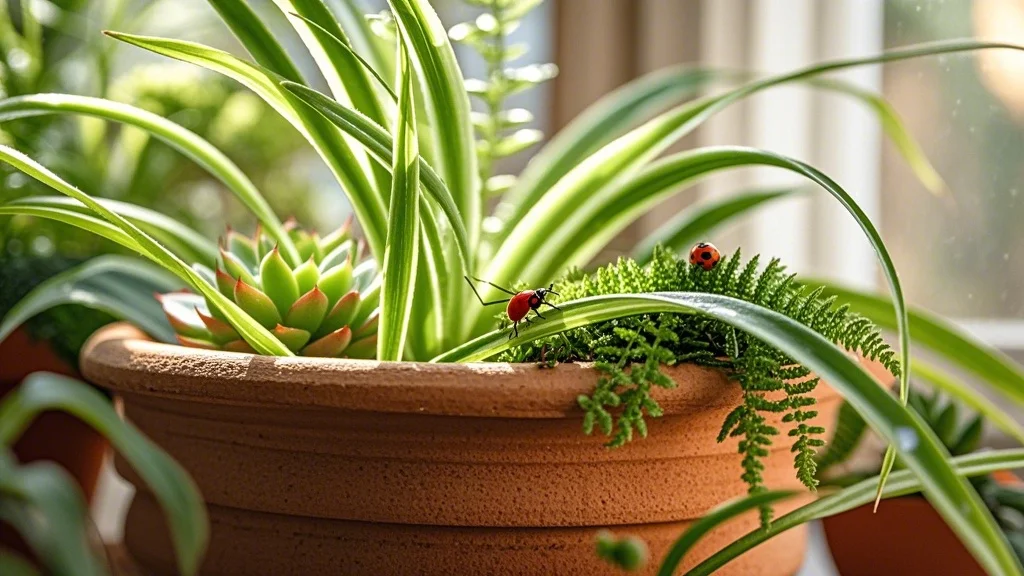
1. Predatory Mites
Predatory mites are microscopic arachnids that feed on various plant pests, including spider mites, thrips, and whiteflies. These tiny warriors are excellent for preventive and curative pest control in indoor environments.
Types of Predatory Mites:
- Phytoseiulus persimilis: Specializes in controlling spider mites
- Amblyseius swirskii: Effective against thrips and whiteflies
- Neoseiulus californicus: Generalist predator, adaptable to various pests
How to Use Predatory Mites:
- Identify the pest problem and choose the appropriate predatory mite species.
- Purchase from a reputable supplier specializing in biological control agents.
- Release mites onto affected plants, focusing on areas with visible pest activity.
- Maintain proper humidity levels (50-80%) to support mite populations.
- Reapply every 2-4 weeks until pest populations are under control.
2. Ladybugs (Ladybirds)
Ladybugs are well-known beneficial insects that feed on aphids, mealybugs, and other soft-bodied pests. Their voracious appetite and ability to lay hundreds of eggs make them excellent for quick pest control in indoor gardens.
Benefits of Ladybugs:
- Consume up to 50 aphids per day
- Lay eggs that hatch into equally hungry larvae
- Easy to introduce and monitor
- Attractive and familiar to most gardeners
How to Use Ladybugs Indoors:
- Purchase ladybugs from a garden center or online supplier.
- Release them in the evening when temperatures are cooler.
- Mist plants lightly before release to provide water and encourage them to stay.
- Place small dishes of water around your plants for ladybugs to drink.
- Create hiding spots using rolled-up newspaper or cardboard tubes.
Creating a Welcoming Environment for Beneficial Insects
To ensure the success of your beneficial insect program, it’s crucial to create an environment that supports their survival and reproduction.
1. Maintain Proper Humidity
Most beneficial insects thrive in environments with moderate to high humidity. Use a hygrometer to monitor humidity levels and consider using a humidifier if needed. Aim for a relative humidity between 50-80% for optimal results.
2. Provide Water Sources
Beneficial insects need water to survive. Place shallow dishes filled with pebbles and water near your plants. The pebbles provide a safe landing spot for insects to drink without drowning.
3. Offer Shelter
Create hiding spots and resting areas for your beneficial insects. This can be done by:
- Placing small cardboard tubes or rolled-up newspaper near plants
- Using plants with dense foliage or textured leaves
- Adding small piles of twigs or bark to potted plants
4. Avoid Pesticides
Chemical pesticides can harm or kill beneficial insects. If you must use pesticides, opt for organic, targeted solutions and apply them sparingly.
5. Introduce Pollen and Nectar Sources
Some beneficial insects, like ladybugs, also feed on pollen and nectar. Include flowering plants in your indoor garden to provide additional food sources and encourage beneficial insects to stay.
Monitoring and Maintaining Beneficial Insect Populations
Once you’ve introduced beneficial insects to your indoor garden, it’s essential to monitor their progress and maintain their populations for long-term pest control.
1. Regular Inspections
Conduct weekly inspections of your plants to assess both pest and beneficial insect populations. Look for signs of pest damage as well as evidence of beneficial insect activity, such as ladybug eggs or predatory mite movement.
2. Record Keeping
Maintain a log of pest issues, beneficial insect releases, and observed results. This information will help you refine your approach and determine the effectiveness of your biological control program.
3. Supplemental Releases
Depending on the severity of pest infestations and the natural reproduction rates of your beneficial insects, you may need to make supplemental releases. Follow the guidelines provided by your supplier for optimal release schedules.
4. Adjusting Environmental Conditions
If you notice a decline in beneficial insect populations, assess your indoor environment and make necessary adjustments to humidity, temperature, or lighting conditions to better support their survival.
Combining Beneficial Insects with Other Natural Pest Control Methods
While beneficial insects can be highly effective, they work best as part of a comprehensive integrated pest management strategy. Consider combining them with other natural pest control methods for optimal results.
1. Neem Oil
Neem oil is a natural insecticide that can be used in conjunction with beneficial insects. It’s effective against a wide range of pests but has minimal impact on most beneficial insects when used correctly.
2. Diatomaceous Earth
This fine powder can be sprinkled around the base of plants to deter crawling pests. It’s safe for beneficial insects that don’t come into direct contact with it.
3. Sticky Traps
Use yellow or blue sticky traps to monitor and reduce flying pest populations. Place them strategically to avoid trapping beneficial insects.
4. Pruning and Quarantine
Regularly inspect and prune affected plant parts to reduce pest populations. Quarantine new plants before introducing them to your indoor garden to prevent pest introductions.
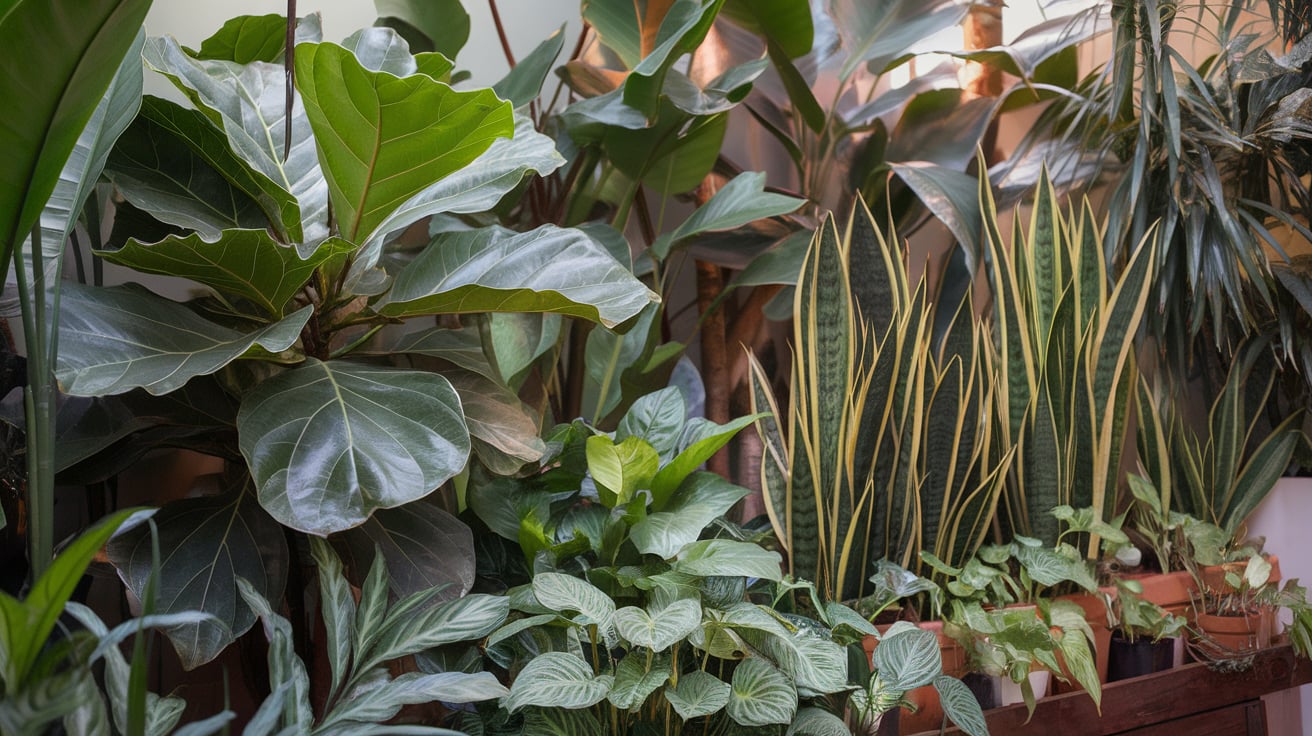
Conclusion
Introducing beneficial insects to your indoor garden is an effective, eco-friendly approach to pest management. By creating a welcoming environment for predatory mites, ladybugs, and other helpful creatures, you can establish a natural balance that keeps pest populations in check without relying on harmful chemicals.
As advanced plant owners and eco-conscious growers, embracing biological control methods not only protects your plants but also contributes to a more sustainable and harmonious indoor ecosystem. With patience, observation, and a commitment to natural practices, you can cultivate a thriving urban oasis where beneficial insects and plants coexist in perfect harmony.
Remember, the key to success lies in understanding the specific needs of both your plants and their tiny protectors. By providing the right conditions and maintaining a watchful eye, you’ll be rewarded with healthier plants and the satisfaction of nurturing a miniature ecosystem right in your own home.

